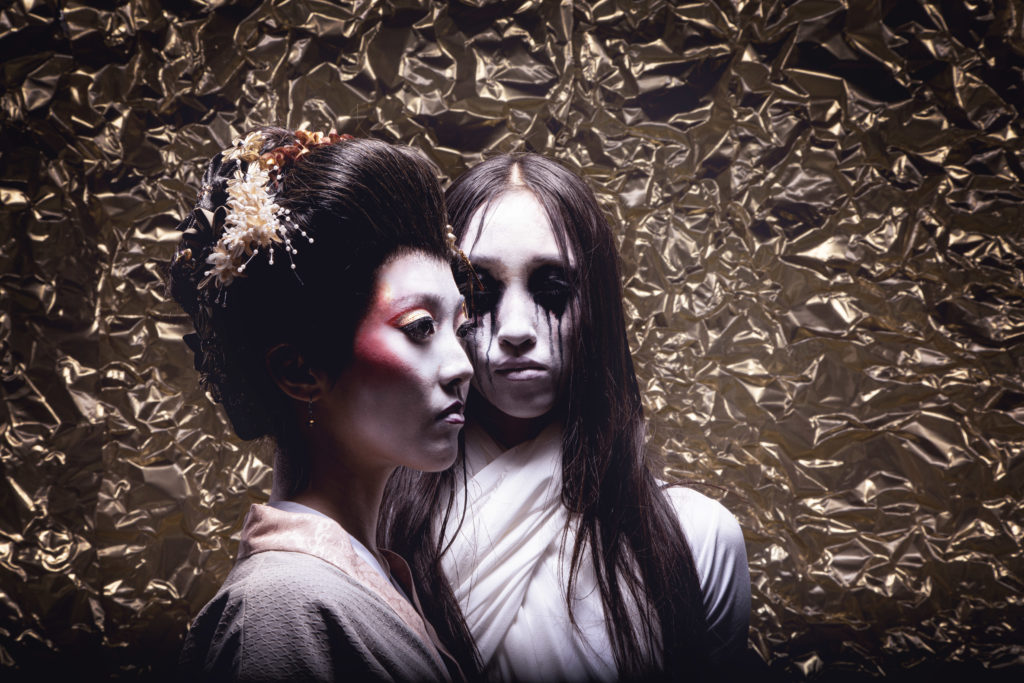
GEISHA, the first of two world premieres to mark Northern Ballet’s 50th anniversary, opens tonight at Leeds Grand Theatre.
Telling the emotional story of two young women whose lives are torn apart in the midst of a collision between East and West, the ballet is choreographed and directed by Kenneth Tindall, creator of the Leeds company’s 2017 hit, Casanova, and short works such as The Shape Of Sound.
Running in Leeds from this weekend until March 21 before a national tour that sets off at Sheffield Lyceum Theatre from March 24 to 28, Geisha is an original ballet inspired by true events.
Okichi and Aiko are two young geisha with an unshakeable bond who find themselves on different paths when their world is irrevocably changed after the first arrival of the Americans in Japan. While Aiko finds happiness in her new life, Okichi’s life is devastated and she returns as a ghostly apparition to wreak her revenge.
Geisha is performed to an original score by Alexandra Harwood, played live by Northern Ballet Sinfonia. Sets and costumes are designed by Christopher Oram, who designed Casanova too, with lighting by Alastair West. The scenario has been written by Kenneth Tindall in collaboration with TV and film writer Gwyneth Hughes; historical consultant Lesley Downer completes the creative team.
Leeds tickets are on sale on 0844 848 2700 or at leedsgrandtheatre.com; Sheffield, 0114 249 6000 or sheffieldtheatres.co.uk. Age guidance: 12 plus.

Here, Kenneth Tindall, Northern Ballet dancer from 2003 to 2015, choreographer in residence and director of Geisha, answers questions on his new production.
What led you to choose Geisha for your second full-length ballet, Kenneth?
“When [artistic director] David Nixon invited me to create a new full-length ballet for Northern Ballet’s 50th anniversary year, we had a lot of discussion about what the title should be.
“Of course you have to consider how the tour will work and the necessity for it to be successful at the box office, but we were also mindful of it being the 50th anniversary and choosing a title that could tie in with that.
“In Northern Ballet’s history, the company has staged two versions of Madame Butterfly, including one choreographed by David himself, which I’ve always been inspired by, but I didn’t want to recreate a ballet that he’d done so well and built a loyal audience for.
“Instead, we came up with the idea for an original ballet about geisha based on true events. I lived and worked in Japan for a year and it’s a culture that I’ve always been fascinated with. The mystery behind the world of geisha is a fantastic prospect for a creative and really sparks the imagination.”
When did you first become interested in the culture of geisha?
“My interest in geisha was first piqued many years ago when I read [Arthur Golden’s] Memoirs Of A Geisha. That was my first introduction to geisha and I quickly realised that there was so much more to it.
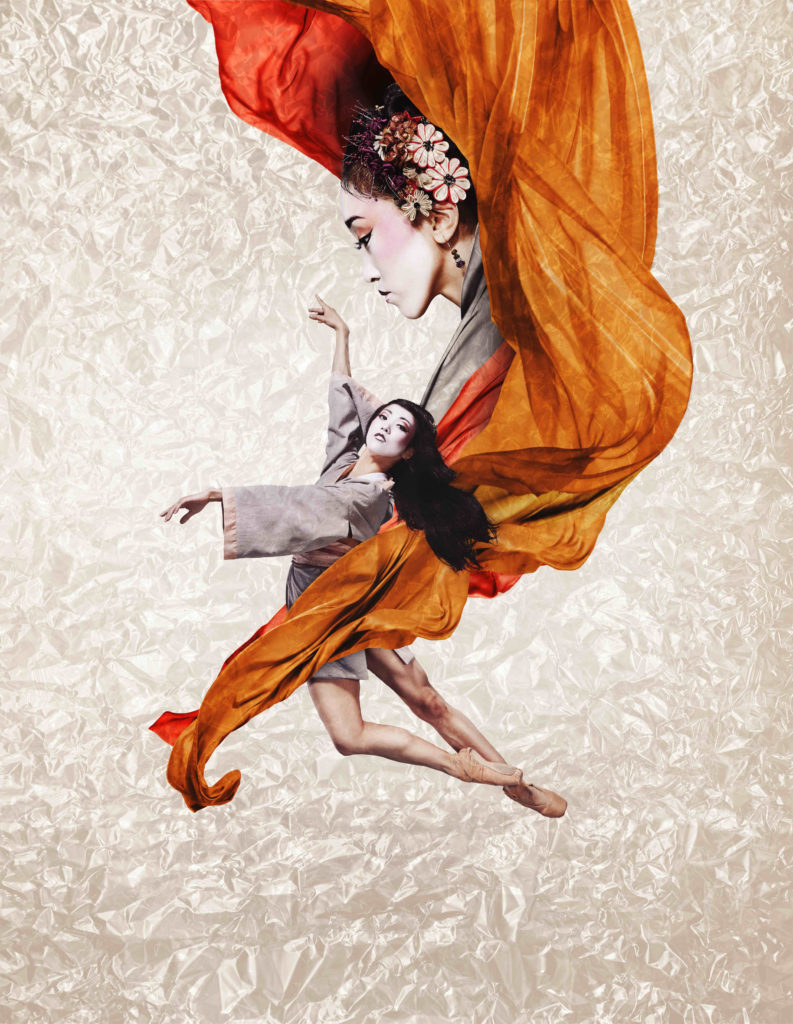
“I found it to be a beautiful first source that captured my imagination and led me into much deeper research. I remember reading the book in the bath and just being fascinated by the way it was written: the colours, the landscape, the feeling, the weather, and just the honour in it all.
“It’s like a whole other world, so opposite to us in most ways that it’s almost hard for a western mind to get around.”
Why choose an original story for Geisha rather than an existing one?
“One of the things that I’m most proud of about Northern Ballet is that they continue to try to do new stories. Not tried and tested scenarios, but completely original and wholly new stories that the audience don’t know.
“I think that it’s incredibly brave of Northern Ballet because it’s a really difficult thing to market. I believe that through the years of doing original ballets like this and producing such great work, the company attracts people to the theatre and hopefully a new audience to the art form as well.”
What were your first steps in the creation of Geisha?
“The first thing I did was establish who was going to create the story with me. Every time I step into a new project, I’m also looking to push my creative process in at least one new direction, so that I can learn something and develop my own skills and ideas for future projects.

“On Casanova I worked with Ian Kelly to create the scenario and I loved that process. I thought it was really interesting to have a novelist and playwright involved and it led to quite a complex story.
“This time I decided I wanted a TV and film writer to help me edit the scenario and form the character arcs, but we also really needed a specialist in the subject to help us fully respect the culture.
“That led me to Gwyneth Hughes to actually write the scenario with, and Lesley Downer to oversee the process and make sure we were on the right track.”
How did you form the scenario for Geisha?
“Gwyneth Hughes and I came together and threw a hundred ideas into the air to see where they would land. We began to disregard ideas we thought wouldn’t make a ballet or that we felt weren’t interesting enough or were too westernised.
Then Gwyneth asked me if I knew the story of Okichi, which I didn’t. I don’t believe the story of Okichi is very well known in the west but, in her hometown of Shimoda, there’s a statue of her.
“I think it’s incredible that this woman, who had a sort of fall from grace and was perceived totally differently in the 19th century, now has a statue where people come to pray.
“You never know what the legacy will be of the choices you make. What makes Okichi’s story more interesting for me is that the legend is so vague, there are many versions of it, which leaves it open.
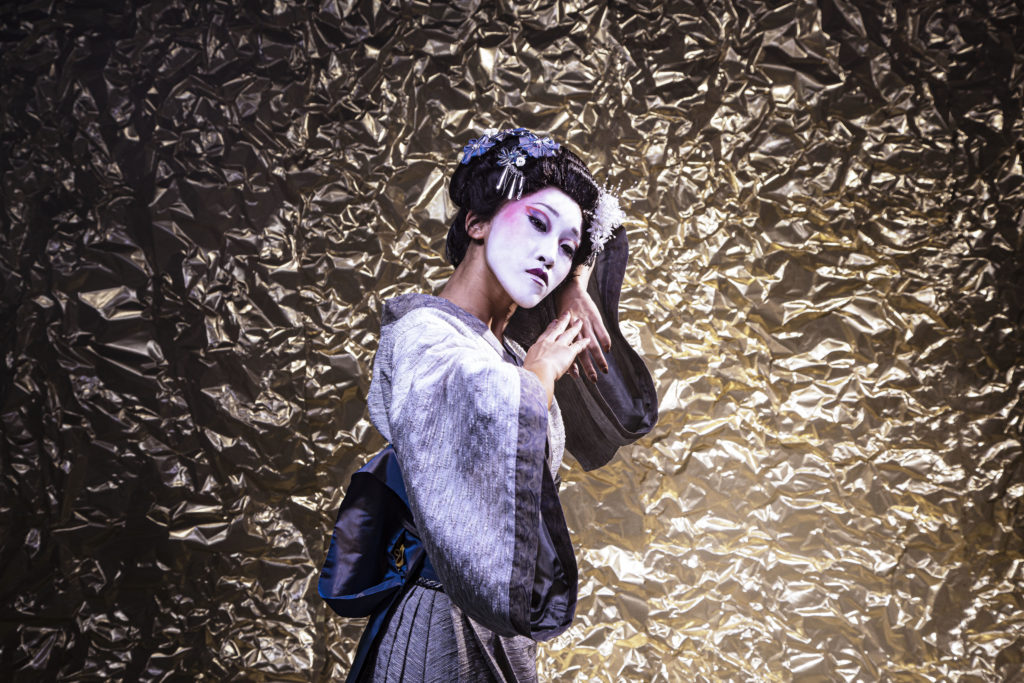
“This meant we had a structure for the story and then our imagination could run wild. That’s what excited me about Okichi’s story and one of the reasons we chose it. It then also allowed us to incorporate another aspect of Japanese culture with the Obon Festival of the dead.
The Obon Festival is visually stunning and quite overwhelming in some ways. If you take a moment to stop and think about life and death, the idea that you could meet the people that are no longer in your life, the thought is so powerful.
“It just seemed such a natural fit to include the Obon Festival. Over this three-day period, we are able to resolve the conflict that happened in the real world in the first act and then be able to sustain the point of view of Okichi in the second act through her spirit.”
What are the key themes of Geisha?
Above all, Geisha is about two young women who happen to be geisha, and the sisterhood they share. We see the lives of these two women turned upside down with the arrival of the Americans, which was really a turning point in the history of Japan.
“The geisha world as a backdrop is stunning and visual, and something that works really well in theatre, but the interest is actually in who the characters are beyond that.
“The ballet includes themes of life and death, love, loss, redemption and revenge, which are universal themes that any culture can understand.”

What are the challenges of creating a ballet with an original scenario versus one based on an existing story?
“It has pros and cons. If you choose a story like Romeo & Juliet, you’ve got fantastic theatre. Everything is there for you. The duets, the death, the drama, the excitement, the love, the connection, the families – it’s Shakespeare, it is incredible.
“There’s the reason it’s survived for so long and there are so many reinterpretations of it, because at its foundation, it’s a masterclass of storytelling.
“Having said that, I feel that as a young choreographer it’s my job not to keep going back to these existing texts or resources and think about new stories instead. The pressure is coming up with a story that’s good enough. You’re effectively starting from the beginning, but it means you get to tailor-make work for ballet.”
What has it been like working with your creative team?
“I feel that honest collaboration is a key component to whether something will succeed or not. I like to have an idea but stay open-minded, so that it could go in a new direction.
“I chose my creative team for their incredible skills and I wanted them invested in the project and for them to challenge me. As I mentioned earlier, I chose Gwyneth Hughes to write the scenario with and Lesley Downer as our historical consultant.
“It’s fantastic to work with Christopher Oram on the designs again as we have a relationship from Casanova, and now we get to start again on a higher level and push this project even further.
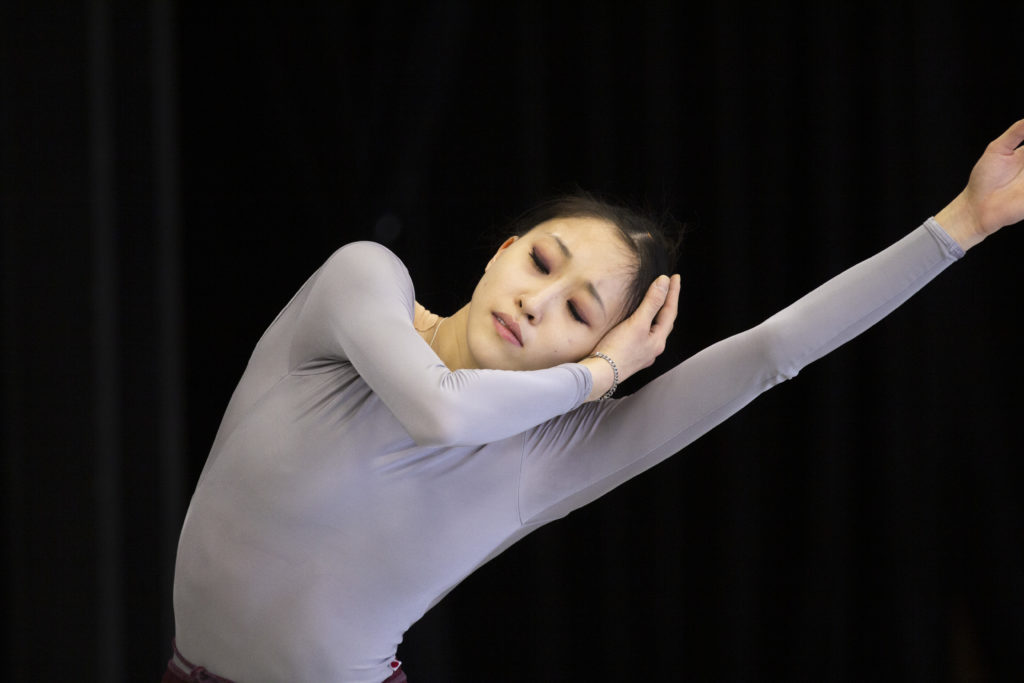
“It’s the same with our lighting designer Alastair West. We’ve worked together so often now that for Geisha we started lighting conversations very early and began visualising what could be possible.
“Our composer, Alexandra Harwood, has gone above and beyond. I’ve spent so many hours at her house going through ideas and she’s re-written many scenes; she has such a passion and energy for the project.”
What does it mean to you to create a new ballet for Northern Ballet’s 50th anniversary year?
“My first performance with Northern Ballet was when I was eight years old. I was at Central School of Ballet and was picked out of the school to perform in Romeo & Juliet and A Christmas Carol. “When I later got a job at the company, it was a dream come true. I worked up to première dancer and honestly never thought past that. Now it’s the 50th anniversary and I’m choreographing the first première of the year, it’s a little overwhelming.
“When I was asked to do Casanova, I was just so delighted to be given the opportunity but now I’m making a second full-length [ballet], I appreciate what an absolute privilege it is. When I look at where the company is now and the dancers we have, it’s so humbling to think I’m being given the opportunity to work on this level.
“I’m just keeping my fingers crossed and praying ‘long may it continue’ because there are a lot of stories I want to tell, and I just hope that people will allow me to tell them.”
How do you feel that your relationship with the company has evolved now that you have created multiple works for Northern Ballet?
“I’ve been choreographing work for Northern Ballet for almost a decade now and each time my relationship with the company just goes further. It’s like the dancers have learnt my language and are so well versed in it that everything is so much quicker and that it allows us time to go deeper into the process and try new things.
“I like to think that I’ve got a shed full of tools that are sharpened in the finest manner, with all my special handholds on them and I know exactly how to use them. So now, with that in mind, where do we go? And that’s both the terrifying and exhilarating part of it.”
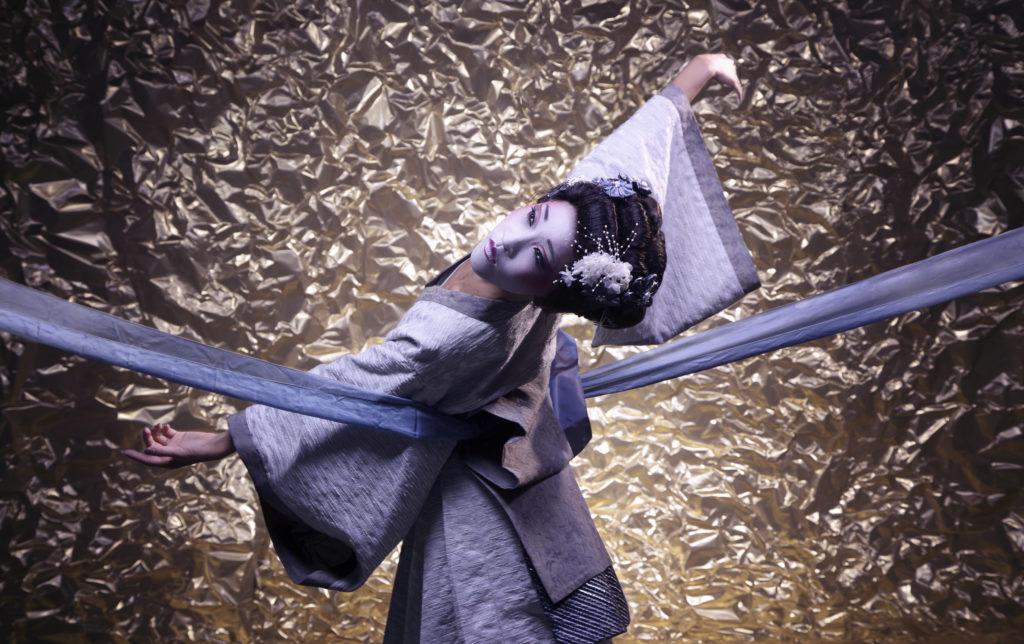
Q and A with Northern Ballet first soloist Minju Kang, from Seoul, South Korea, who has created the lead role of Okichi in Geisha.
What research have you done to prepare for this role, Minju?
“I did a lot of research online and was able to find information about the true story of Okichi. I looked at pictures of Shimoda, where she’s from, and saw the statue they have of her there.
“I also searched for information and images about geisha in general and their history. I watched the movie of Memoirs Of A Geisha and though the story in our ballet is very different, it was very interesting to see a visual representation of geisha on screen.”
How does Japanese culture compare to South Korean culture? Are there things you can relate to? “We’re neighbouring countries and while there are things that are similar, much is so different. I feel close to it because I am from an Asian culture, but as part of creating Geisha I’ve learned so much that I didn’t know that is different in Japan, like there is a certain way to bow and to kneel.
“For me, though, when I play a character, I completely forget about my nationality, my age and everything else and focus on my character’s journey.”
Does South Korea have anything like geisha?
“In South Korea we have kisaeng, which are very similar, so I already had an idea of what being a geisha was about. Kisaeng are basically entertainers trained in the arts and they dance and play instruments like geisha do.”
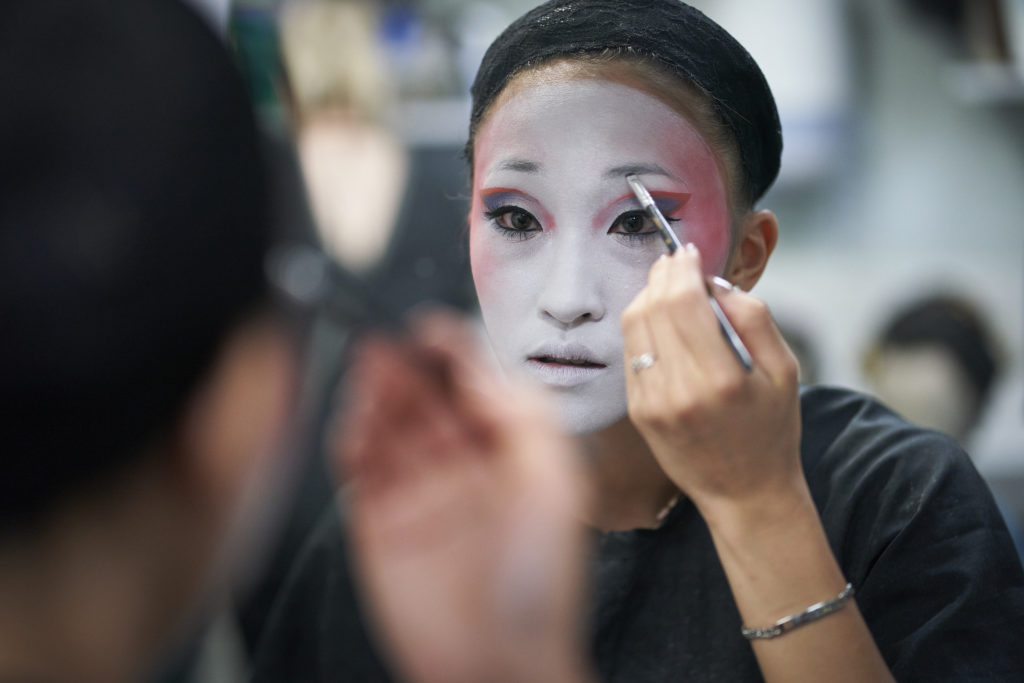
This is the first time you’ve had a role created on you. How has that experience been?
“At first it was overwhelming because you want to be good and it’s a big responsibility. It became really special, though, because I have been able to put something personal into the role.
“Working with Kenneth Tindall and the ballet staff has been real teamwork and we really trust each other, so it was easy for me to open up and not be afraid to give what I have. It’s been such a joy.”
Do you have a favourite scene in Geisha, or a favourite piece of choreography?
“I enjoyed creating the scene with Townsend Harris – although it isn’t a happy scene for my character! When we first began creating it, Kenny [Kenneth Tindall] showed us the movement he wanted, and we tried to copy it and build up from there.
“But it was so important to tell the story clearly we talked about it at length in the studio and focused on the small things. It was less about the movement, and more about a little look, or how I sit down, or the way he grabs me. I had no idea how much of a difference these little things make. When the scene was finished there was a real sense of achievement.”
How would you describe the really emotional journey your character has to go on?
“Okichi is a very supportive person. She feels she’s achieved what she wanted to achieve and now has a sister in Aiko who she fully supports. Because she’s been through it all herself, she can guide her better and is very protective in some ways.
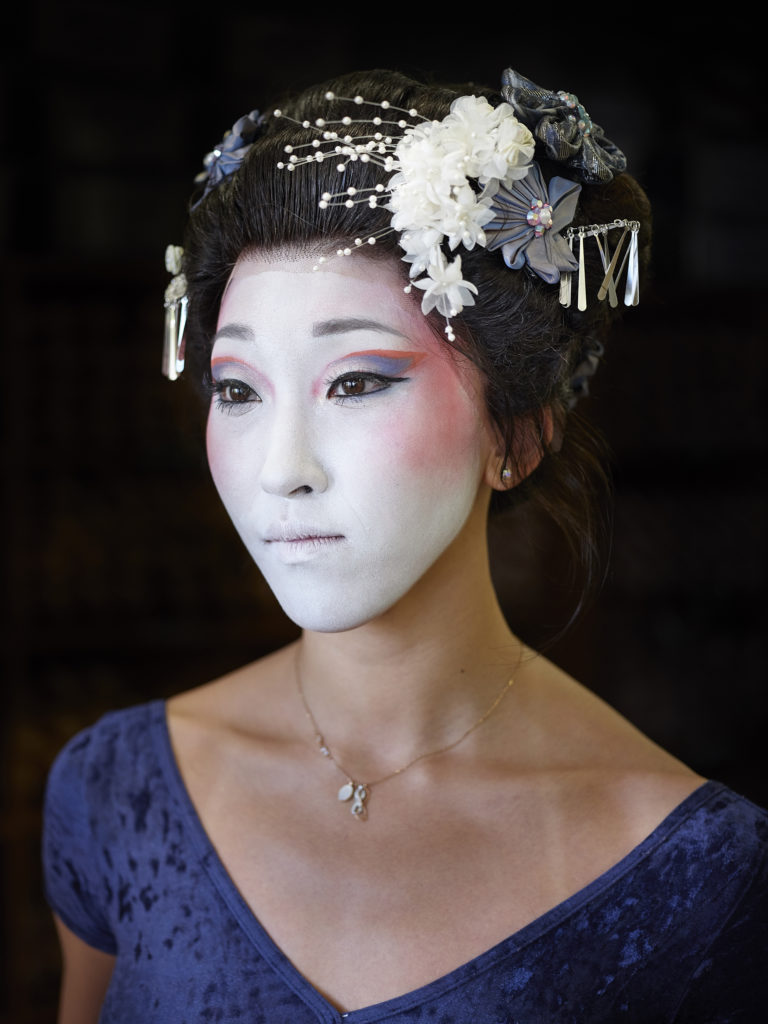
“She’s there for everyone but then, when she needs help after the Americans arrive, she feels that they are not there for her in return and she can’t share all she wants to share because she feels ashamed.
“She ends up in a very dark and lonely place. In the second act when she comes back as a ghost, she doesn’t even understand at first that she’s dead, she thinks it’s a nightmare.
“Imagine seeing your own dead body – she feels sick at first but then that turns into anger because she can’t reach the people she loves any more.
“Her anger is focused on the Americans and when she takes her revenge, she doesn’t even think about it. It’s only afterwards she realises the hurt she has done to Aiko, the person she loves the most.”
Is it hard for you to portray that range of emotions within a two-hour show?
“Yes definitely! The end of the first act is especially intense. It’s strange how emotion can affect your body, you feel really heavy. It doesn’t necessarily affect me off stage; I go home, I’m fine, I’m happy, but in that moment on stage, I’m so committed to that journey that Okichi is going through and I feel all the emotions.
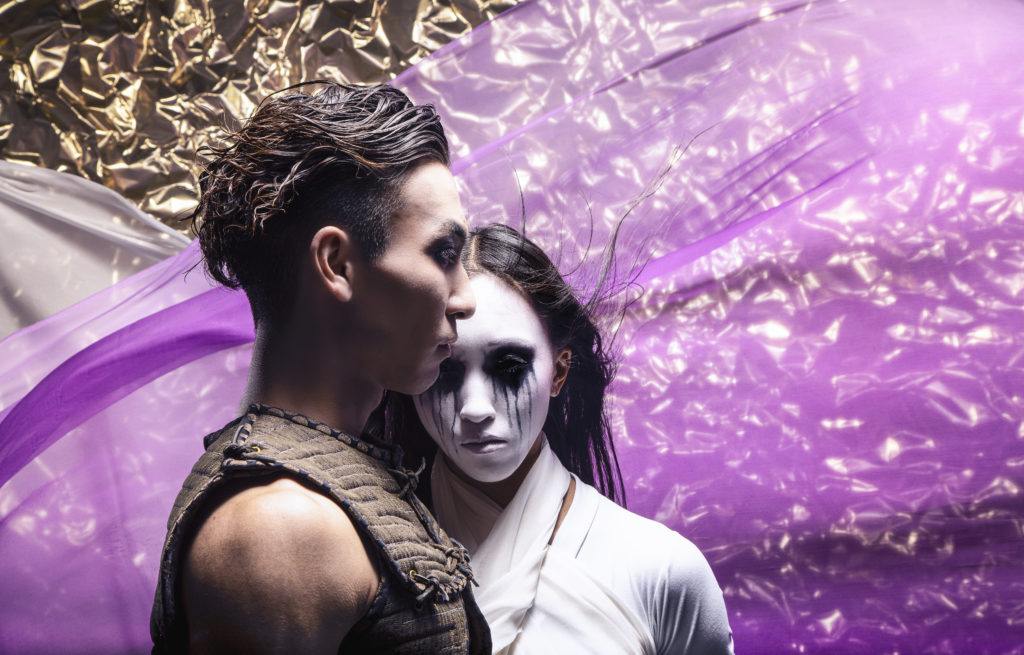
Do you enjoy the acting side of your job?
“I do really enjoy it because you get to create another version of yourself that you never knew existed and share that with the audience. The fact that you can find something inside of you to create that character, it’s just like magic.”
Do you like your costumes? Are they easy to dance in?
“They’re amazing. I have about five kimono and they’re all so beautiful, the colours and designs, but also how they’re made and so comfortable to dance in. I could wear them every day!
“It’s an amazing visual when you see the whole cast in their costumes, and the geisha have beautiful fans which have been sourced from Japan by [leading soloist] Ayami Miyata’s aunt.”
What is your process to prepare for a performance?
“I’m sure every dancer would say that they don’t want to be rushed. I give myself plenty of time, about two to three hours to get ready. I make sure I’ve gone out before to get some food, but I don’t like to eat a full meal before a show.
“I do get nervous and I use mindfulness to help with that. I talk to myself a lot in my head and get very quiet to save energy, stay calm and get focused on the performance. I even talk to myself when I’m on stage, encouraging and reassuring myself, and when something has gone well, I can’t hide it on my face.”

How important is live music to your performance?
“Music is so important for me, it’s half of the performance. Having a live orchestra is a collaboration and you can feel the connection between the dancers, the conductor and the orchestra, you can feel the support. You’re dancing with them.
“It’s like you’re on this journey together and it’s so special. It’s very different to performing to recorded music. Recorded music is around you but with live music, the music gets inside you.”
How does it feel to be part of Northern Ballet’s 50th anniversary year?
“There are people who have been in the company longer, so, for me, it’s an honour to be part of it. When I learn about the history, I feel really proud of what this company has achieved and where they are now.
“You can feel the work people have put in to take this company to where we are and that’s really touching.”
Minju Kang’s back story
Minju, from Seoul, South Korea, trained at Seoul Arts High School, Korea National Institute for the Gifted in Arts and the Hamburg Ballet School.
She performed with Bundesjugendballett for two years before joining Northern Ballet in 2016. Her roles with the Leeds company have included Victoria in Victoria, Cinderella in Cinderella, Marilla in The Little Mermaid and Mina in Dracula.
